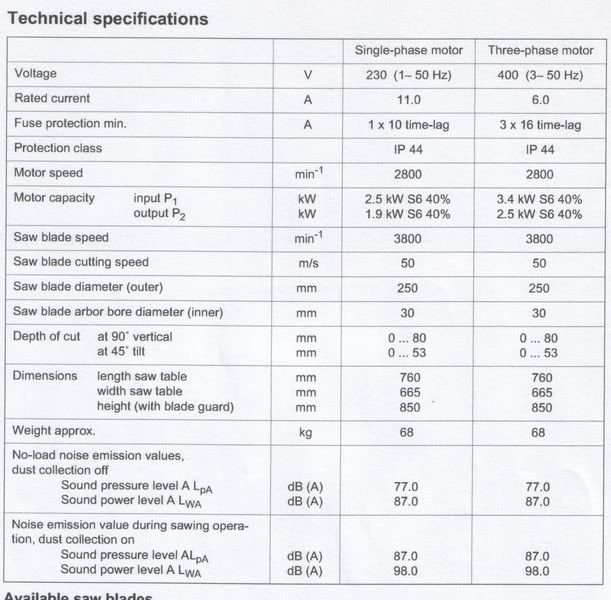9fingers
Established Member
Well folks here is the first part as a draft which aims to show the basic of induction motors both single and 3 phase.
There is also a list of proposed future topics on the last page which will no doubt get added to. It has made me realise just what I've taken on!
Please feel free to comment good or bad!
http://homepage.ntlworld.com/bob.minchi ... aft0.1.pdf
Enjoy!
Bob
There is also a list of proposed future topics on the last page which will no doubt get added to. It has made me realise just what I've taken on!
Please feel free to comment good or bad!
http://homepage.ntlworld.com/bob.minchi ... aft0.1.pdf
Enjoy!
Bob

































